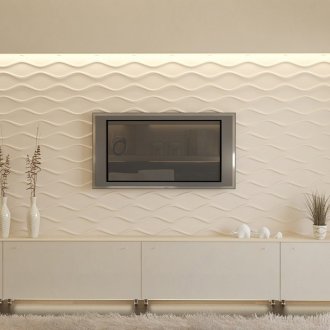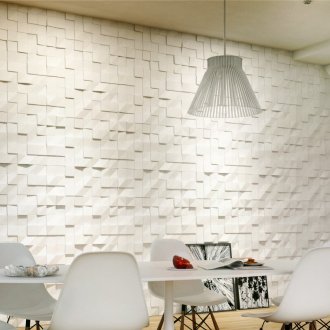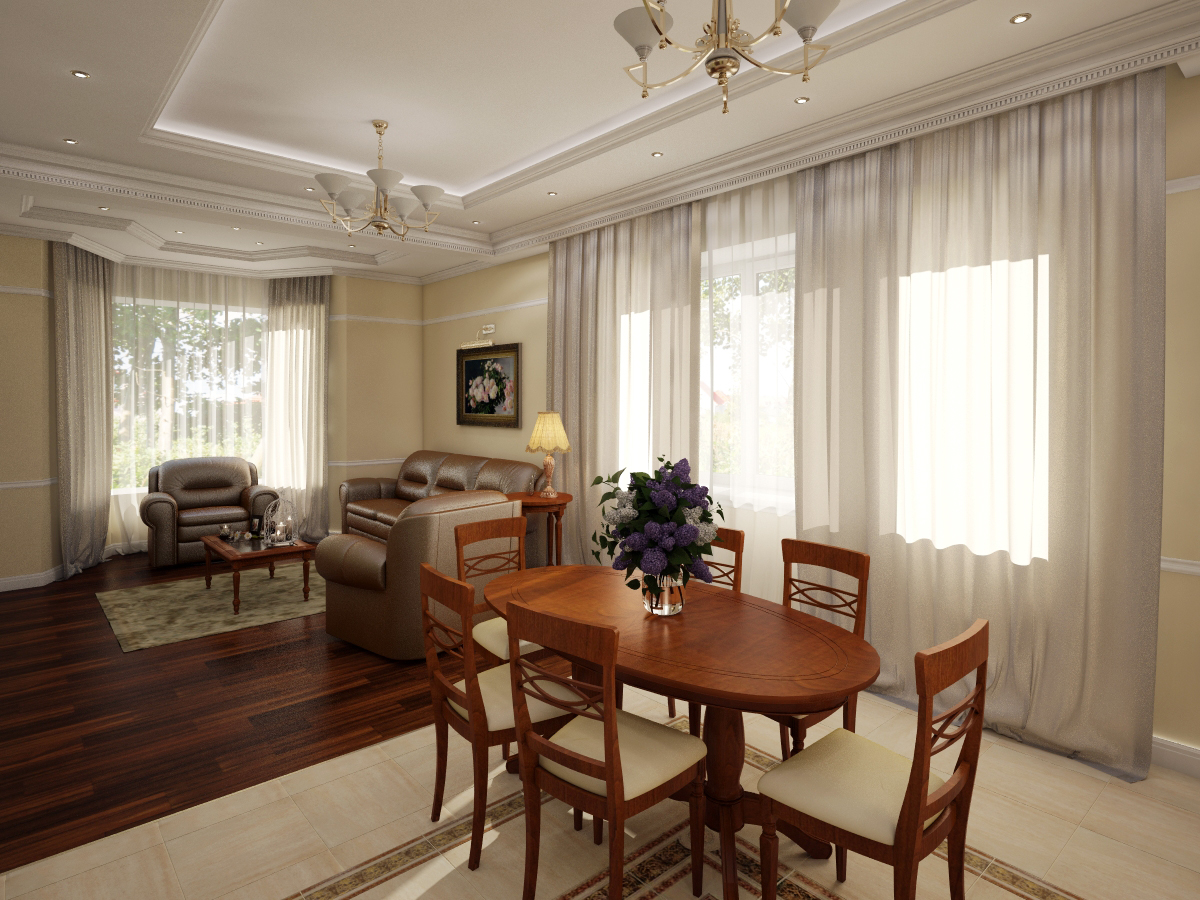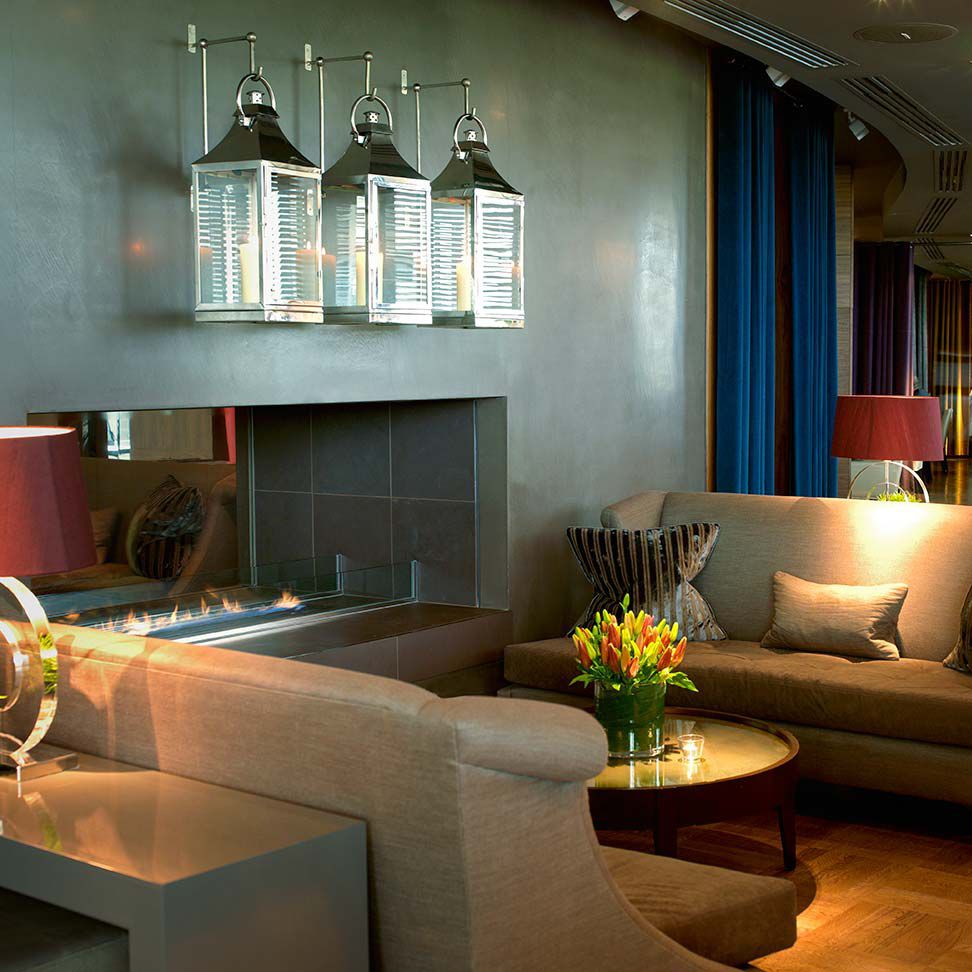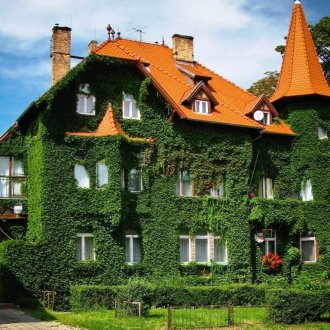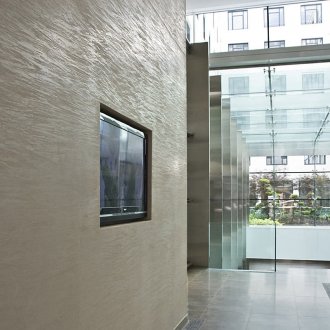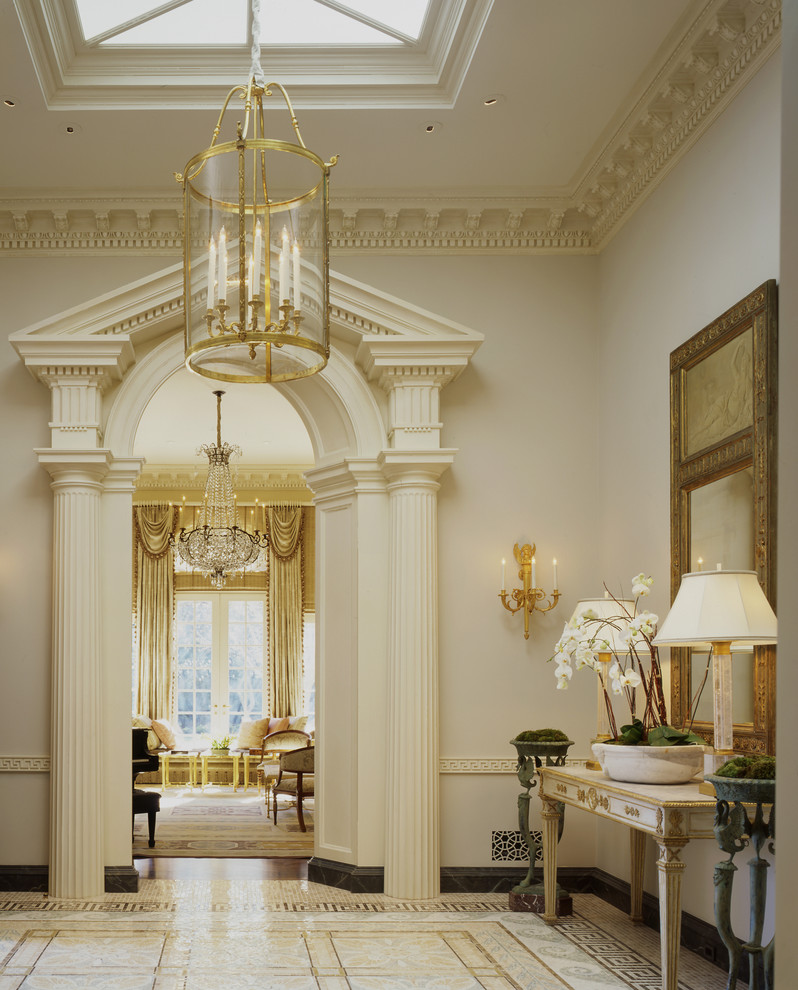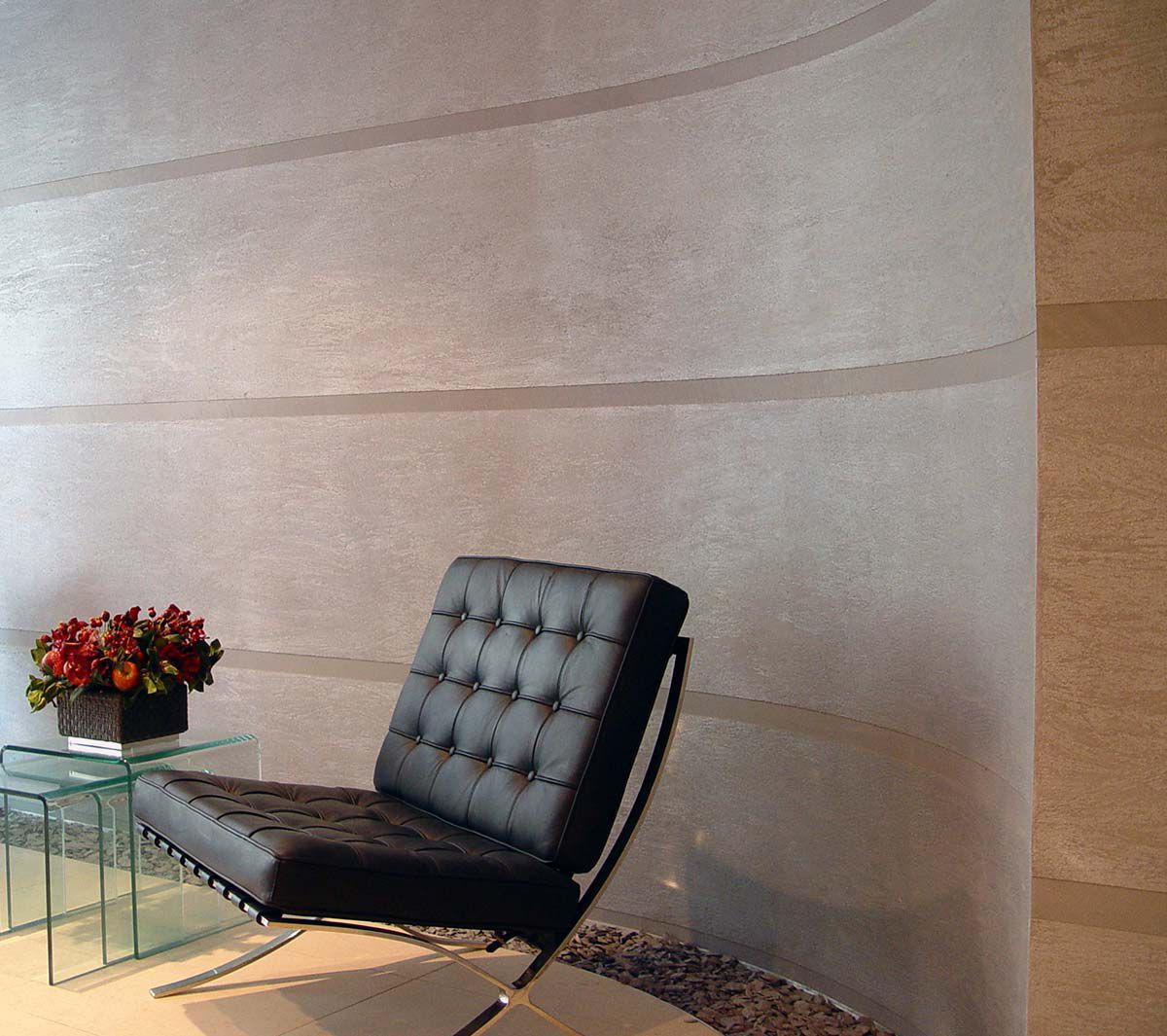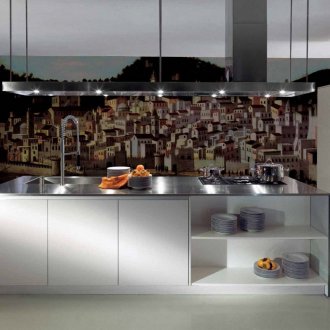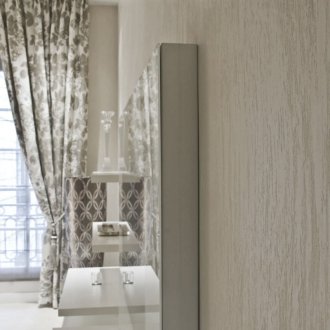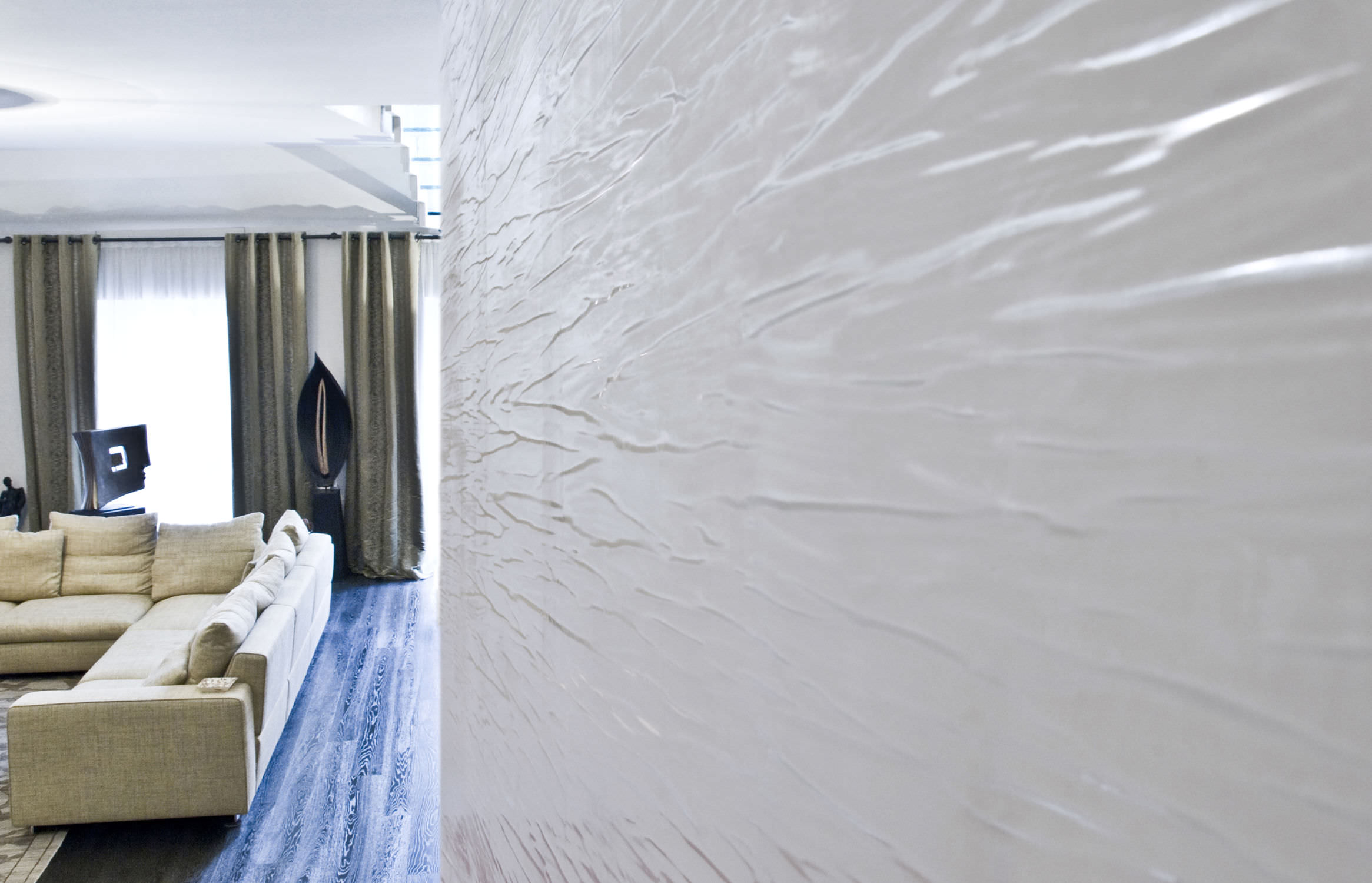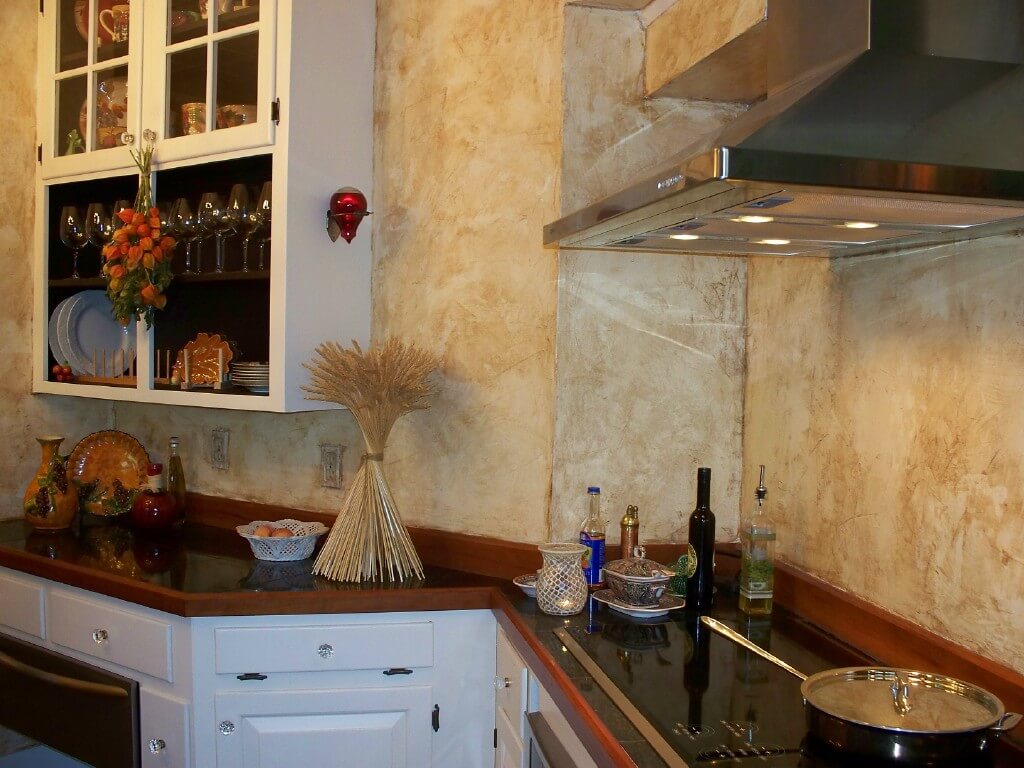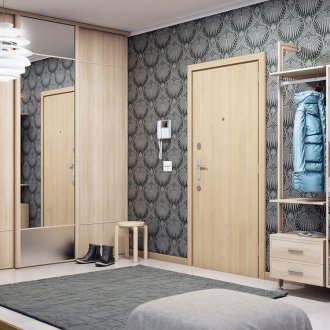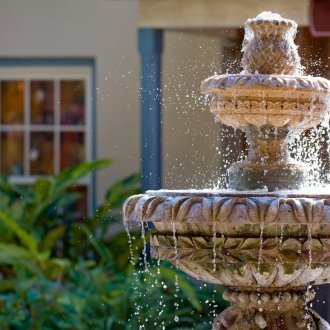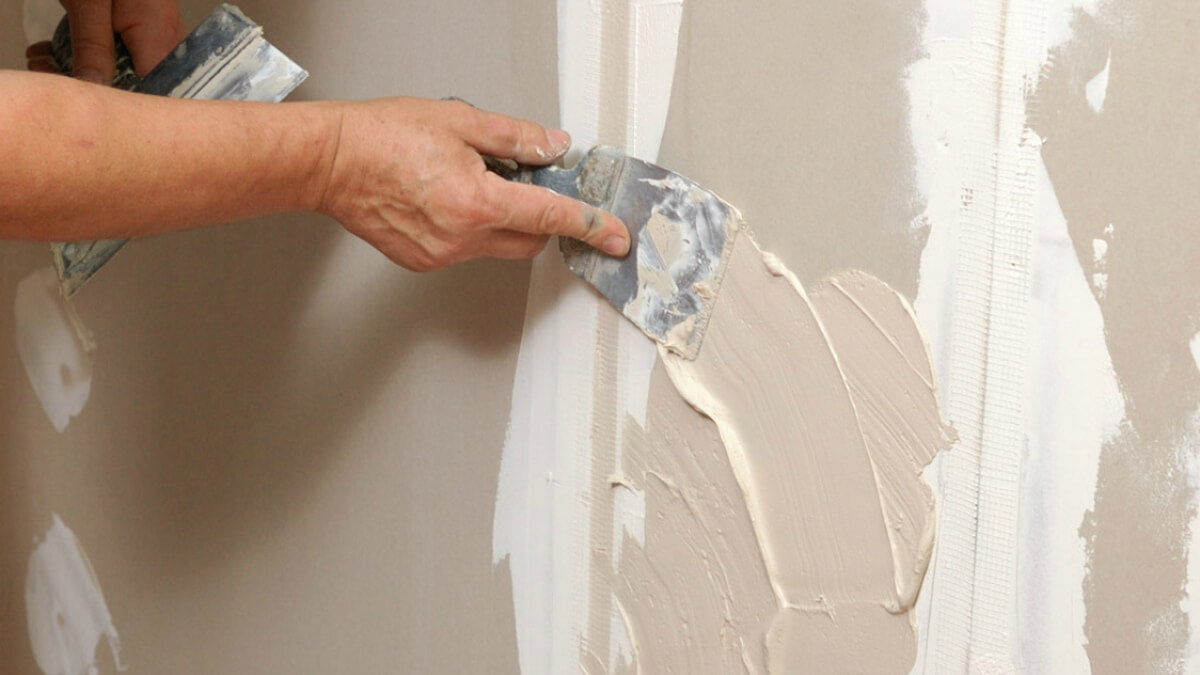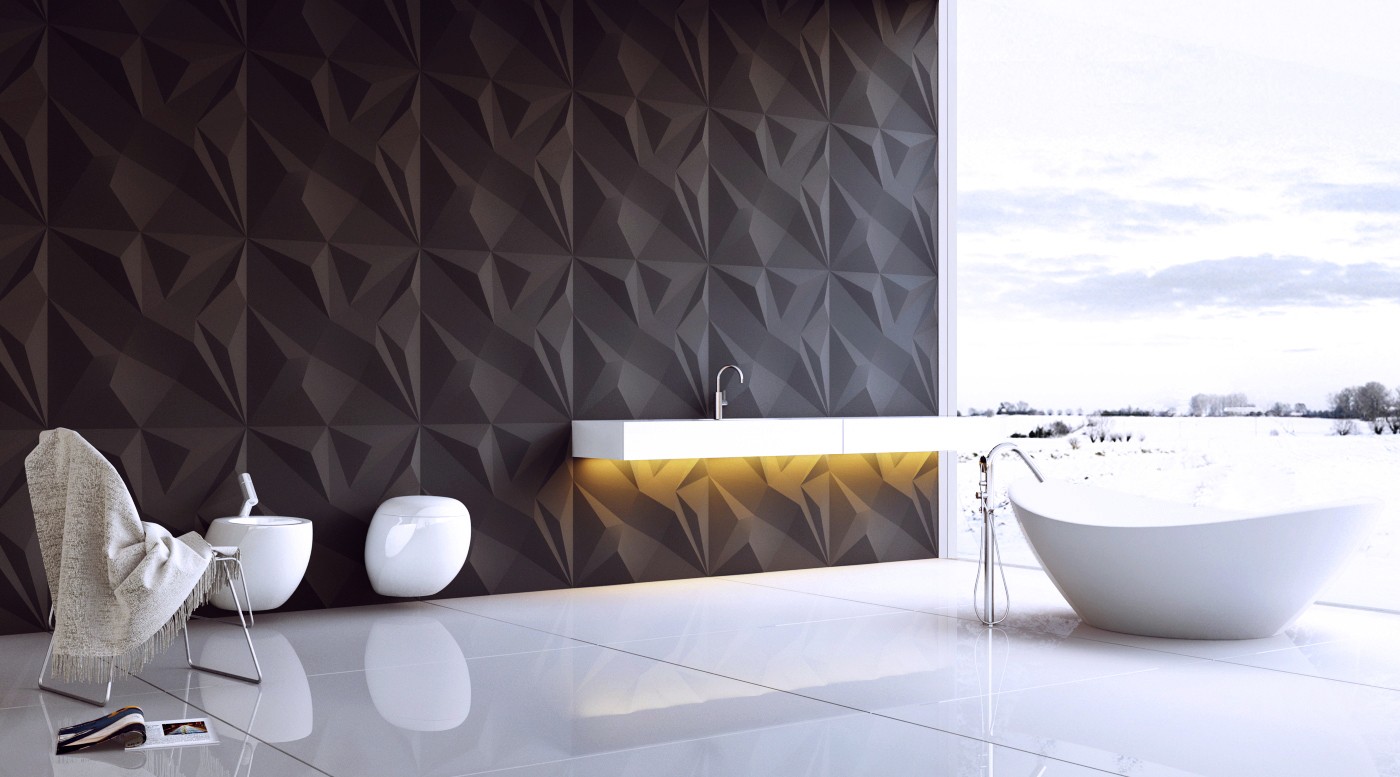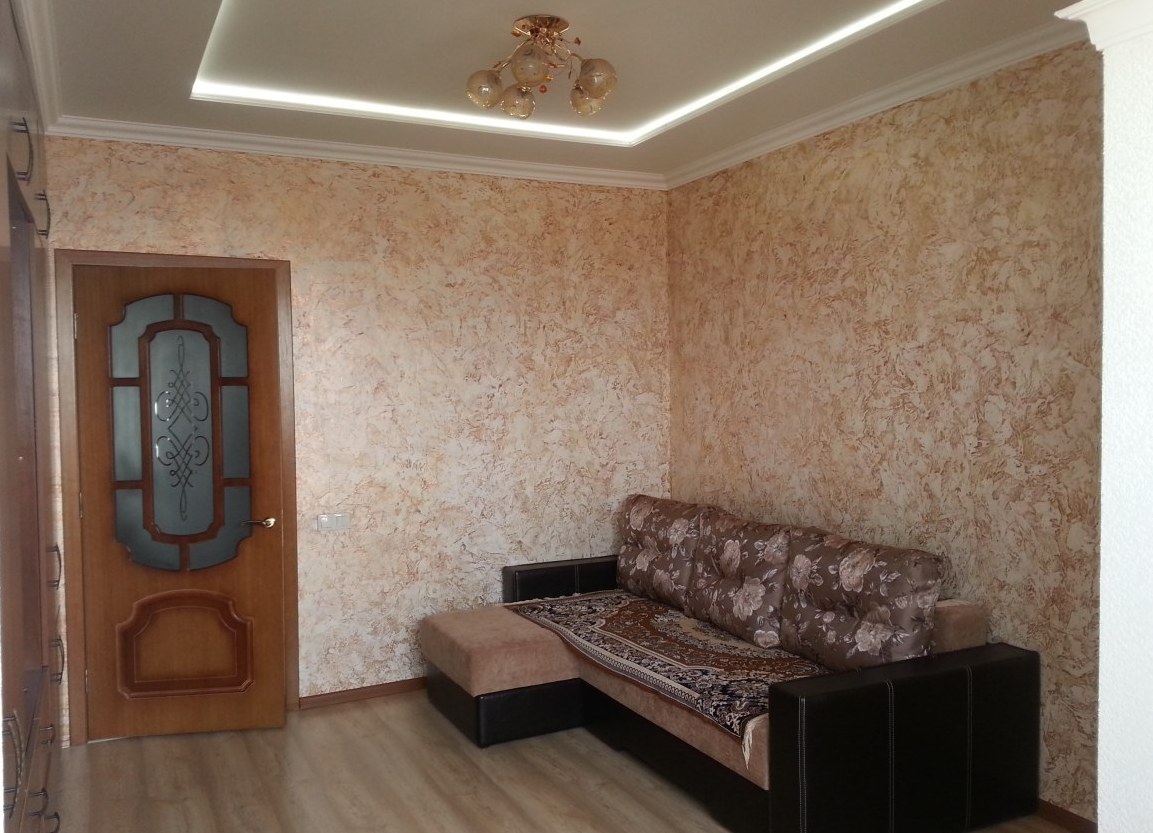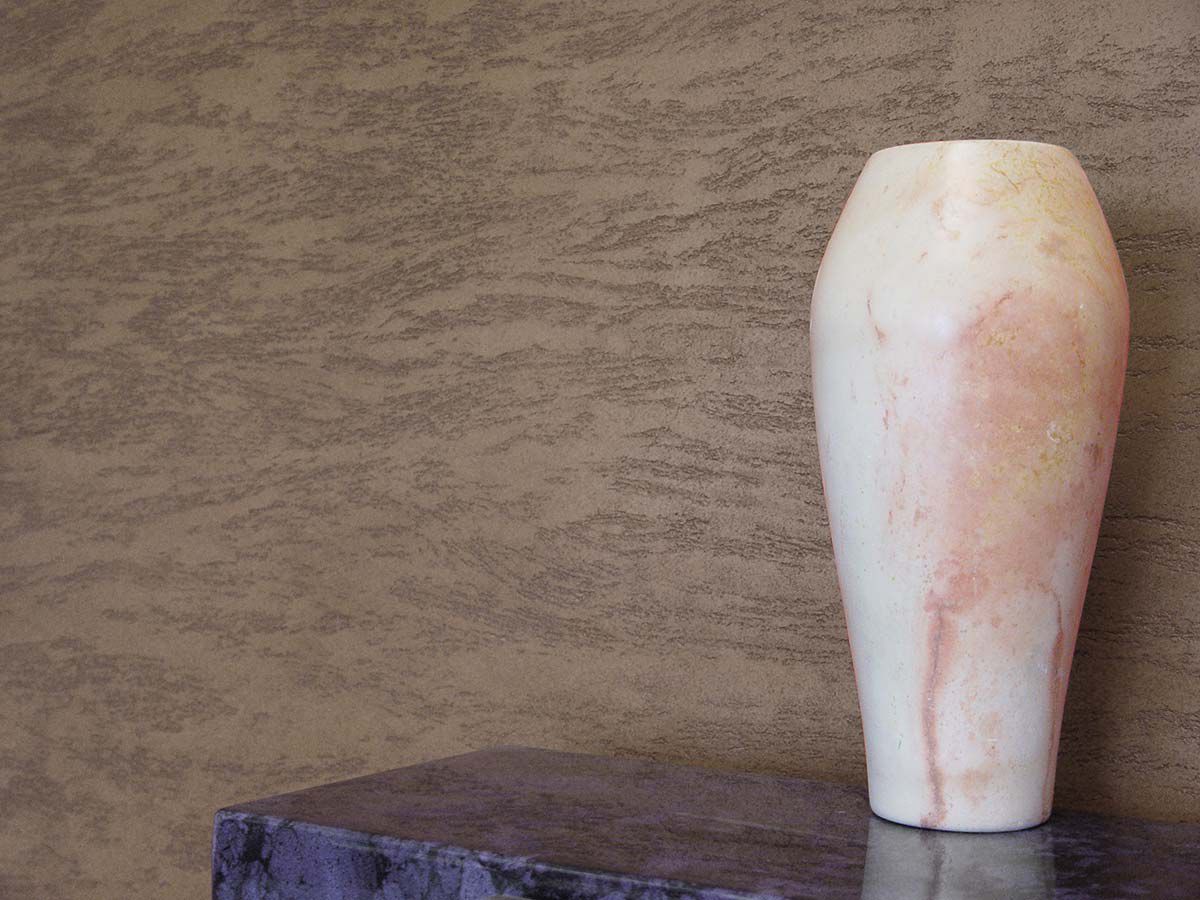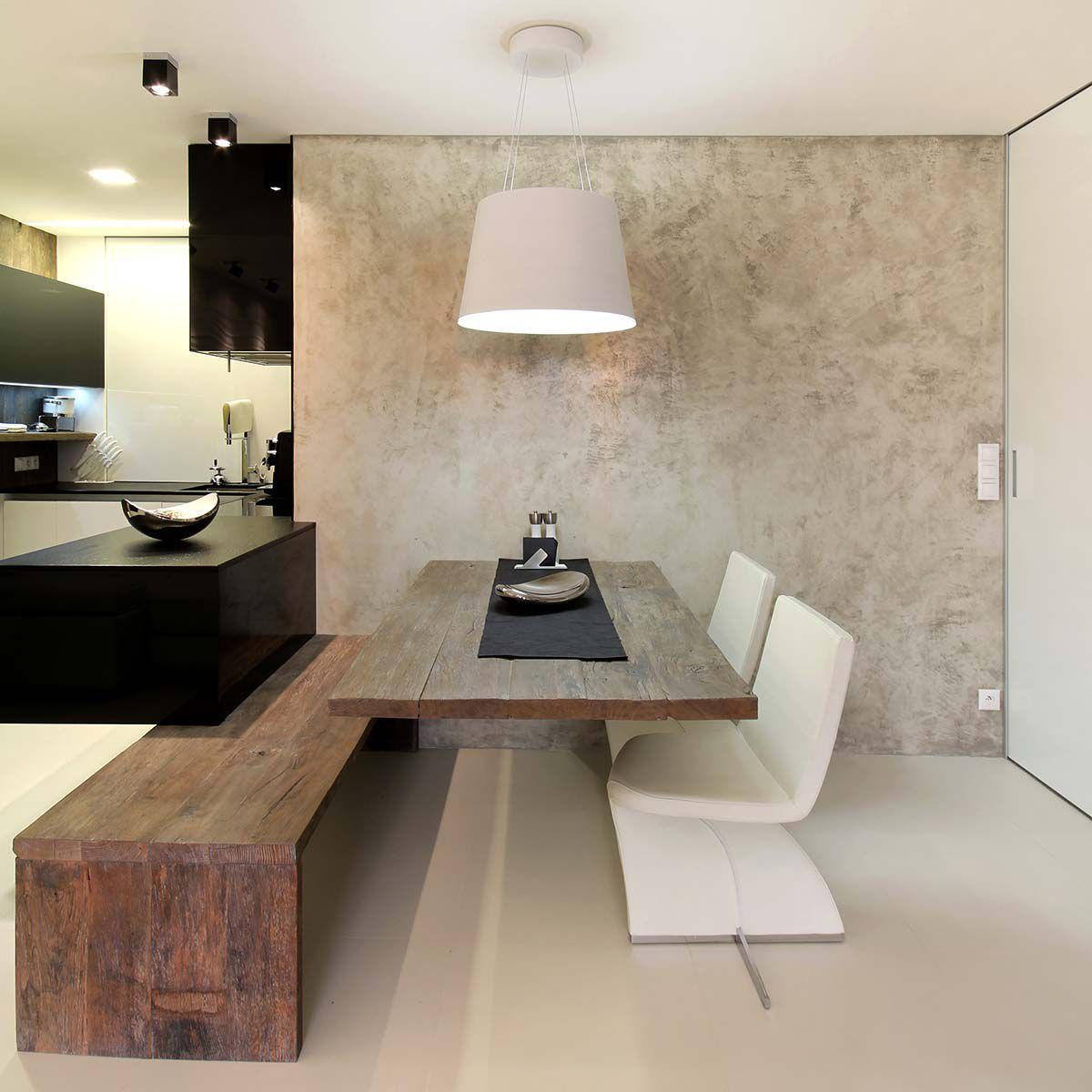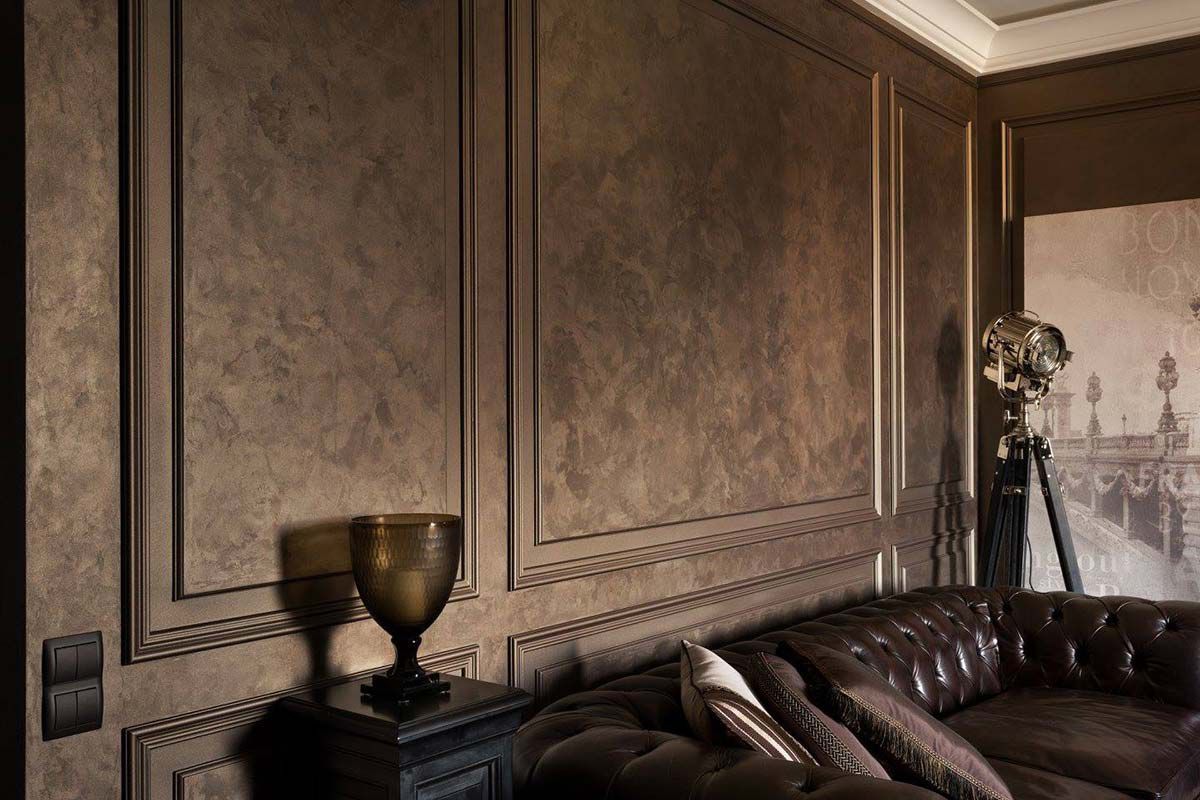Gypsum plaster in the interior: new features of the classics (20 photos)
Content
In the process of building the walls of a building or laying floor slabs, it is not always possible to achieve the ideal geometry of all structures. The resulting differences are eliminated by plastering the surface. As a result, the surface becomes smooth and ready for finishing. The most popular among builders is gypsum plaster, the main component of which is the natural mineral gypsum. It is used for interior work, has good elasticity and affordable price.
The main advantages and disadvantages of gypsum plaster
The gypsum-based plaster is popular due to the following advantages:
- elasticity;
- low coefficient of thermal conductivity;
- high drying rate;
- the possibility of applying a layer with a thickness of 50-60 mm;
- good vapor permeability;
- high surface quality;
- affordable price.
Gypsum plasters are characterized by a lack of shrinkage and maximum ease of use. The technical characteristics of this material depend on the additives used - plasticizers. They increase adhesion, can change the application period from 15 minutes to 1.5-2 hours. In addition, such a technical characteristic of the plaster as the coefficient of thermal conductivity is very important. It is 3-4 times lower than that of cement plasters, which makes the walls covered with gypsum mixtures warmer.
There are also disadvantages of gypsum plaster, the main among them are low moisture resistance and low strength. It is recommended to use the material for indoor use in rooms with normal humidity. Gypsum plaster is easily scratched and it is not difficult to chop off or damage it under mechanical action. Despite the shortcomings of gypsum plaster, it steadily tops sales ratings for dry mortar.
Applications for gypsum plasters
The popularity of stucco based on natural gypsum is based on its versatility. Gypsum plaster is used to level the following substrates:
- brick and masonry;
- panels and plates made of reinforced concrete;
- expanded clay concrete blocks;
- monolithic foam concrete;
- blocks of foam concrete and aerated concrete;
- polystyrene foam.
It is used for walls and ceilings in all residential and office premises with natural humidity.
The use of gypsum plaster in bathrooms, bathrooms and for exterior decoration is not recommended.
This environmentally friendly material can be used in the construction and reconstruction of preschool institutions, schools, clinics, hospitals, resorts and rest homes. At the same time, it is worth considering the insufficient strength of the gypsum surface when used in public buildings with a large number of visitors.
finish.
Plaster is used for painting with interior acrylic paints, wallpapering. These traditional types of finishing work are relevant for residential, office premises. In exclusive interiors, gypsum decorative plaster is used, with the help of which surfaces complex in texture and relief are created.
The main types of gypsum plasters
Dry mortar companies do not offer many types of gypsum-based plasters. This once again emphasizes the versatility of the material, which differs mainly in terms of its technical characteristics. The main types of gypsum plasters manufactured by manufacturers:
- Finishing - used for finishing walls and ceilings;
- gray - are used for applying a thick preparatory layer, are characterized by a low degree of whiteness and an affordable price;
- machine - designed for application with special devices that provide high productivity.
Finishing fine-grained gypsum plaster is applied with a thickness of 5-10 mm, it is characterized by high ductility and the ability to polish to a mirror finish. It has the highest cost, but allows you to save on finishing material.
Medium-grained gray plaster has the lowest cost, it is applied with a layer of 40-50 mm and is intended for wallpapering or painting with interior paint. Also, finishing gypsum plaster can be applied to it, which is distinguished by a higher price and impeccable quality. The use of two compositions of different types makes finishing work more cost-effective.
Machine application of gypsum plaster is relevant for finishing work at large facilities. The equipment allows applying several cubic meters of stucco composition per shift.
A special type of gypsum compositions are gypsum-polymer plasters. These mixes are used to level walls of silicate brick, concrete and gypsum concrete surfaces. The polymer additives used in the production of these plasters in large quantities allow the use of mixtures for exterior decoration.
How to choose gypsum plaster?
A wide range of dry mortar makes you wonder what the best gypsum plaster on the market. One of the main selection criteria is the reputation of the manufacturer, but improperly selected plaster may not cope with the role assigned to it. How to choose the right composition? It is necessary to familiarize yourself with the technical characteristics of the plaster. Attention should be paid to the following parameters:
- maximum thickness of the applied layer;
- solution lifetime;
- degree of whiteness;
- consumption per sq.m;
- Recommended application temperature range.
Do not try to apply a thicker layer than recommended by the manufacturer. If the height differences are more than 2-3 cm, then you do not need to buy a finishing plaster for the entire amount of work. This is not cost-effective, it is better to use an inexpensive medium-grained mixture for basic leveling.
It is necessary to work with gypsum plaster quickly, most manufacturers offer compounds in which the "life" of the solution is 1-1.5 hours. During this period, it is necessary to fully develop the mixture, which was diluted with water, otherwise it will lose plasticity. When choosing gypsum plaster, it is worthwhile to clarify the consumption of dry mix per square meter. This will allow you to make the correct calculation of the amount of material and avoid additional trips to the store.
Technology for applying gypsum plaster
At first glance, wall decoration with gypsum plaster is not difficult, it is much more difficult to understand how to plaster the ceiling. The technology of work is really simple, but you must not forget about some important details. For example, do not spread gypsum plaster with water from a heating radiator. It is necessary to responsibly approach the preparation of walls or ceilings. This will not only improve the adhesion of the solution to the base, but also improve the quality of work. It is necessary to study the properties of the mixture and prepare the solution in accordance with the description compiled by the manufacturer. General principles are not suitable here, since all companies use different additives in the production of plasters.
Before starting work, it is necessary to clean the wall or ceiling from the remnants of the finish, traces of wallpaper glue, dust and dirt. How to remove bulges? It is better to squeeze them, and deep holes and cracks to close up before applying the main part of the solution. It is recommended to improve the adhesion of the prepared base with a primer.
All recommendations on how to plaster walls with gypsum plaster are advised to exhibit beacons. This will not only increase the pace of work, improve the quality of the finish, but also check the mixture for plasticity and the life time of the solution. As beacons use a special galvanized profile or thin rails. The design is simple: the beacons are set strictly vertically, and the distance between them should be comfortable for the rule. The profile is fastened with plaster, which is prepared in a small amount.
How to apply plaster on the wall?
There are several methods: the use of two spatulas, a sketch with a trowel, machine application. In small areas, you can use two spatulas: one collects a solution, and the second with it lay a layer of the required thickness on the wall. If it is required to plaster a large area, then they throw the mortar with a swing movement from themselves onto the wall with a trowel or spatula.
After applying the optimum amount of plaster, leveling is done. To do this, use the rule - an aluminum rail 1.5-2 meters long. The movement begins from the bottom up in wavy movements based on beacons, using them as guides. The rule smooths the plaster, while removing its excess. The resulting recesses should be filled with plaster and the alignment process should be repeated.
Should lighthouses be removed after alignment? If a profile of low-quality galvanized steel was used, then this must be done. Otherwise, rust may appear on the surface during operation.
The final stage of the work is grouting the plaster with felt and steel graters. Additional smoothing can be done with the help of trowels, after obtaining the proper surface quality, it is necessary to withstand the time before finishing. You can start it after a pause recommended by the manufacturer of dry mixes.
Natural gypsum plaster is a light and practical material, affordable. It seriously competes with drywall, as it allows you to make the walls and ceiling even with minimal cost.
